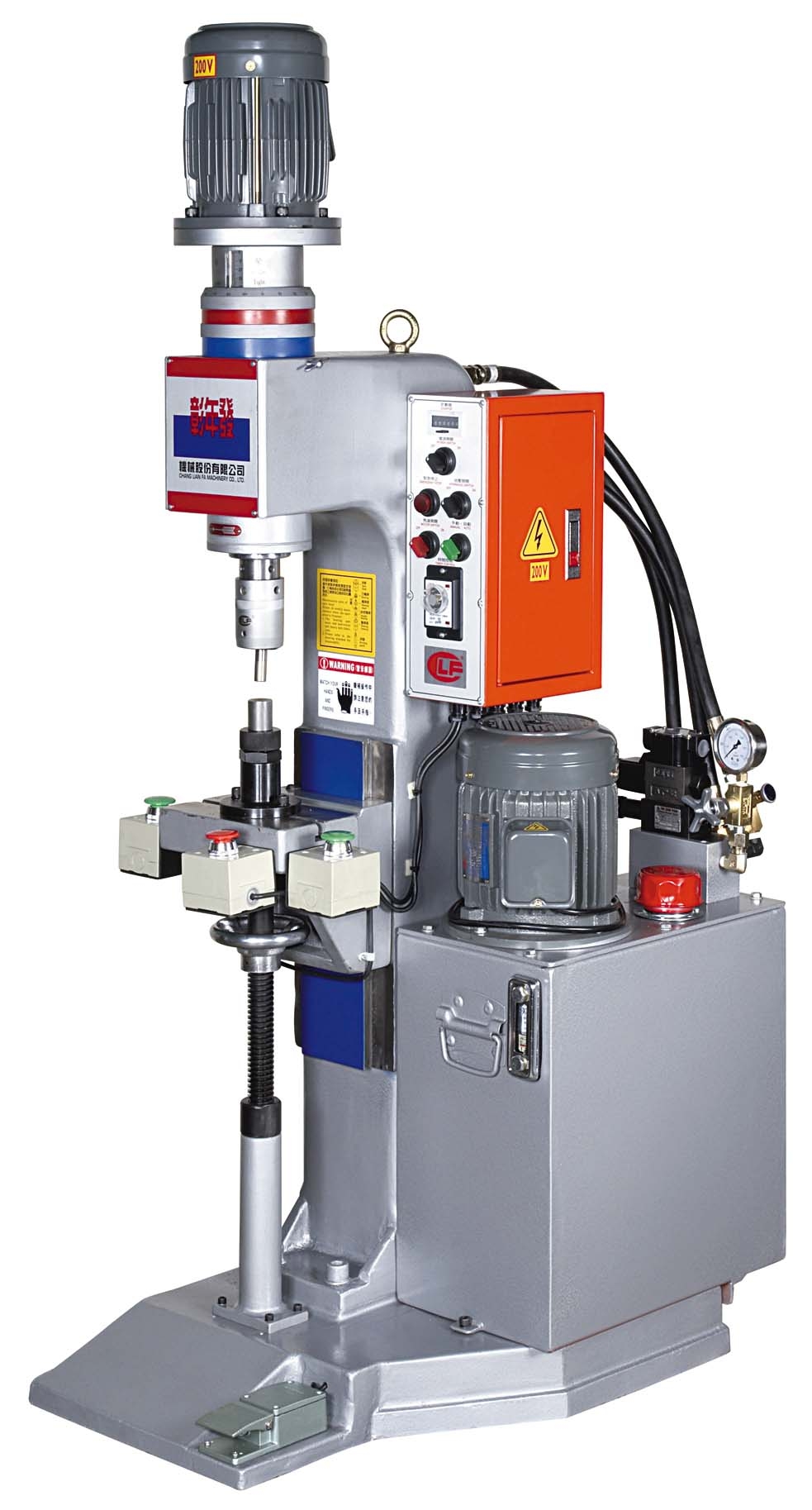

The working principle of an orbital riveting machine is as follows:
Rivet Placement: The orbital riveting machine is set up with a rivet to be inserted into the desired location between two or more workpieces.
Clamping: The workpieces are securely clamped in place to prevent any movement during the riveting process.
Rivet Rotation: The machine's head, which holds the rivet, begins to rotate. This rotation can be circular or orbital, hence the term "orbital riveting." As the head rotates, it simultaneously pushes the rivet through pre-drilled holes in the workpieces.
Forming: While the rivet is being pushed through the workpieces, it undergoes mechanical deformation. This typically involves upsetting or "bucking" (flattening) the rivet head on one side while forming a second head on the opposite side. This deformation creates a secure and tight joint, effectively fastening the workpieces together.
Rotation Completion: After the rivet has been inserted and formed, the orbital head returns to its original position.
Orbital riveting machines are commonly used in industries where strong and reliable joints are essential, such as automotive manufacturing, aerospace, and metalworking. They provide a consistent and high-quality riveting process and can be automated for efficiency and precision.